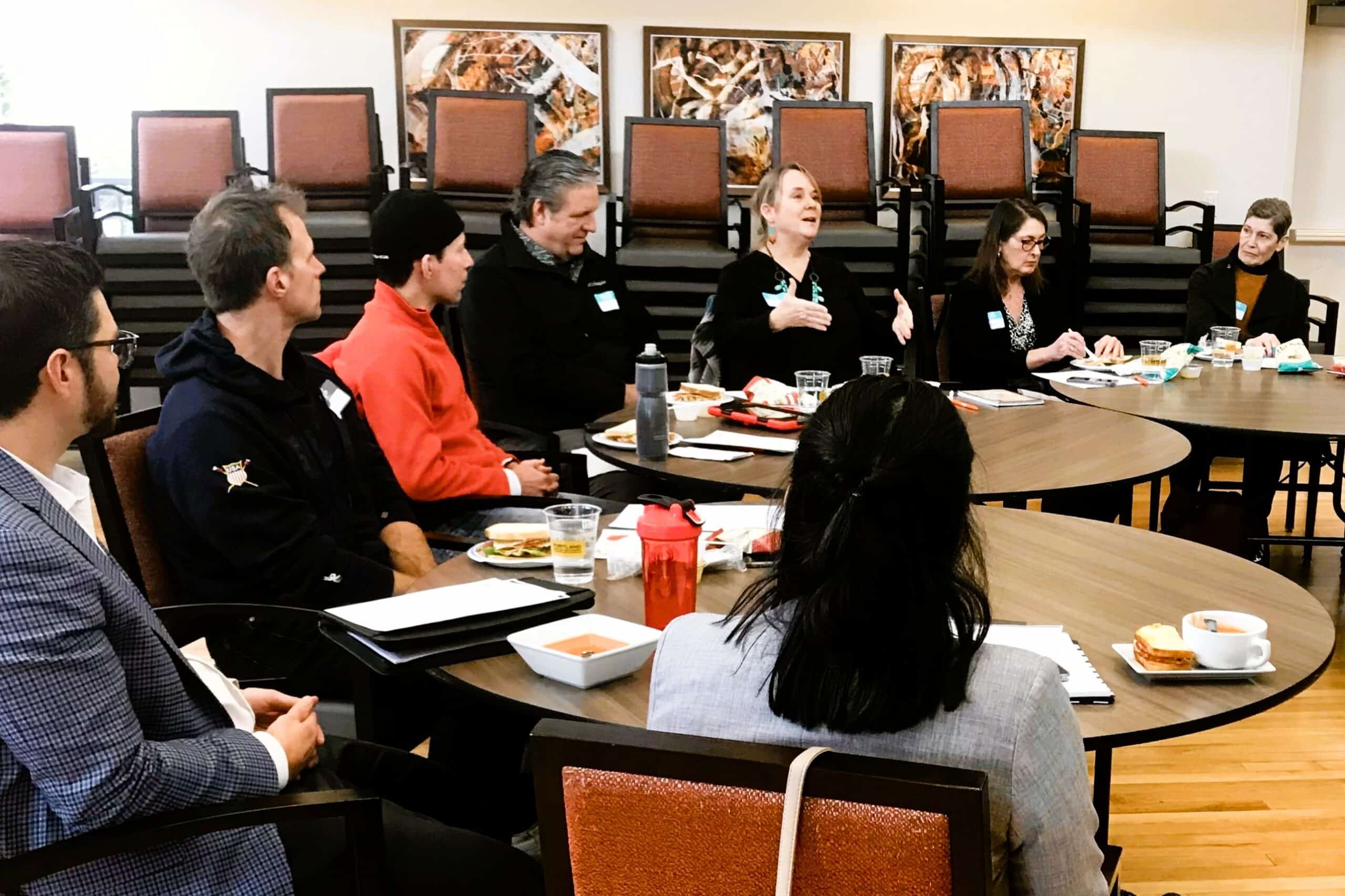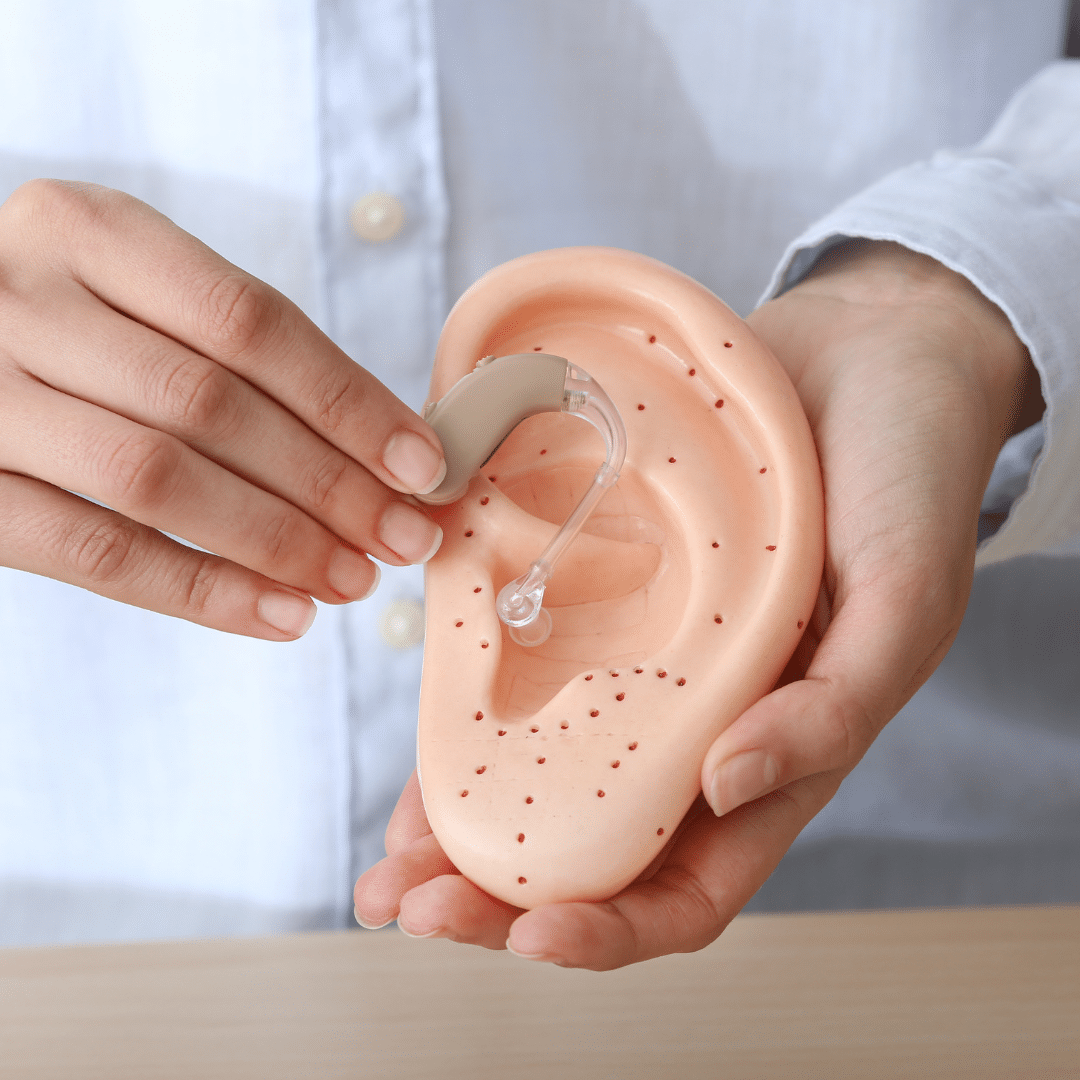Not only is Ken Scholl a physical therapist working with people with Parkinson’s, he was recently diagnosed with the disease himself. That’s why he couldn’t pass up the chance to attend BGF’s “Exercise for Parkinson’s Training for Professionals” in Miami this year.
When Ken Scholl was diagnosed with Parkinson’s disease last year, it was quite a surprise for the 65-year-old physical therapist who was always revered for his athleticism.
“The most common comment I got was how healthy I was throughout my whole life, and ‘you never seem to age.’ So being diagnosed with Parkinson’s was a very humbling experience,” Scholl admitted. “I had never thought about my mortality until then. I thought I’d be able to run a marathon when I was 100. I realize now that it will be a complicated endeavor.”
As a physical therapist, Scholl had worked with a handful of Parkinson’s patients over the years. But because he lives in Palm Beach, Florida, most of his clients were elderly and in the advanced stages of PD. “I was working with patients who were very stiff and had postural, gait and balance issues, but I didn’t think much about it at the time,” he said.
But once Scholl was diagnosed with the disease himself, he began to feel a strong allegiance to his Parkinson’s patients. “I had a lot of additional empathy that I hadn’t had before. I felt a strong urge to bond with them, get their perspectives and understand for the first time how they felt about it,” he explained.
“Before I had only dealt with their physical symptoms but didn’t think about how they were managing it emotionally and psychologically. When you don’t have Parkinson’s, you can go through the list of symptoms and check them off. When you have it yourself, you understand how variable it is, how complex and how psychologically frustrating it can be.
“Now I find myself on a bad day having difficulty tying my shoe,” Scholl continued. “If I don’t concentrate on walking, I will trip over my feet and fall down. We take for granted all the incredible things going on in our bodies to coordinate activities and make them happen.”
A once-in-a-lifetime opportunity
Using exercise as medicine to slow down the progression of PD came intuitively for Scholl. “I’ve always been physically active, and that’s something I still try to carry on with at this point in my life. It takes a great deal of effort, but it pays off substantially,” he said.
“I try to pass that onto my patients with Parkinson’s. Instead of looking at it as an inevitable progression, it helps to remember that we can take control over the speed of that progression with how we sleep, eat and exercise.”
That’s ultimately what led him to sign up for the Brian Grant Foundation’s “Exercise for Parkinson’s Training for Professionals,” which took place in Miami on March 9. Here was a chance for local physical therapists to enhance their skills when working with PD patients, and obviously, Scholl couldn’t pass that up.
Interestingly, Scholl stumbled across BGF by happenstance. He was looking up basketball-related videos with his 9-year-old son when he noticed a YouTube video of the former Miami Heat player talking about life with Parkinson’s. “I had no idea he had Parkinson’s. I was very inspired by Brian’s candor in the video and started looking up information about BGF,” he said.
“That’s when I found out they were coming to Miami for this exercise training. I didn’t know if Brian himself would be there, but I was interested in learning everything I could about exercise and Parkinson’s. It turned out he was there. I felt honored to meet him and found him to be a very warm and special guy.”
Takeaways from the Miami training
Scholl already knew the importance of aerobic activity to improve Parkinson’s motor symptoms ahead of the “Exercise for Parkinson’s Training for Professionals” workshop. But attending the event helped him better understand the importance of using yoga, pilates and multitasking activities to boost motor skills and coordination.
“Another valuable thing was the power of connection and bonding with other people who are involved with Parkinson’s patients,” Scholl added. “I was very moved by their enthusiasm and their willingness to help. Parkinson’s is not an easy group to work with. It takes a lot of dedication and compassion. I left the seminar thinking more in a community-based way.
“I think Parkinson’s is a very special diagnosis,” he continued. “Most therapists look at PD as a series of symptoms. However, PD can vary from one person to another. I tend to approach each patient individually now. I ask them, ‘What do you see as your biggest challenges or obstacles?’
Every PD patient needs to find their own path, and a physical therapist can help them discover that individual path they need to take.”
Scholl’s advice for other Parkinson’s patients is to find activities they enjoy doing. Otherwise, it will feel like a chore and they’ll be more likely to avoid it. “Not everybody is going to be suited for group exercise classes,” he noted.
“I’m personally drawn to activities that make me feel good. I’ve always been a big water person. I love to swim. I try to get patients into the water because it’s a safe environment for them to practice things like big motions, taking large steps and balancing on one foot.
“I also try to maintain a sense of fun and joyfulness,” Scholl said. “It’s easy to dwell on the dark side of what’s to come in the future. I think if you have a joyful attitude, find activities that are fun to do, and try to be grateful for all the things you still can do, then you’ve won half the battle.”



